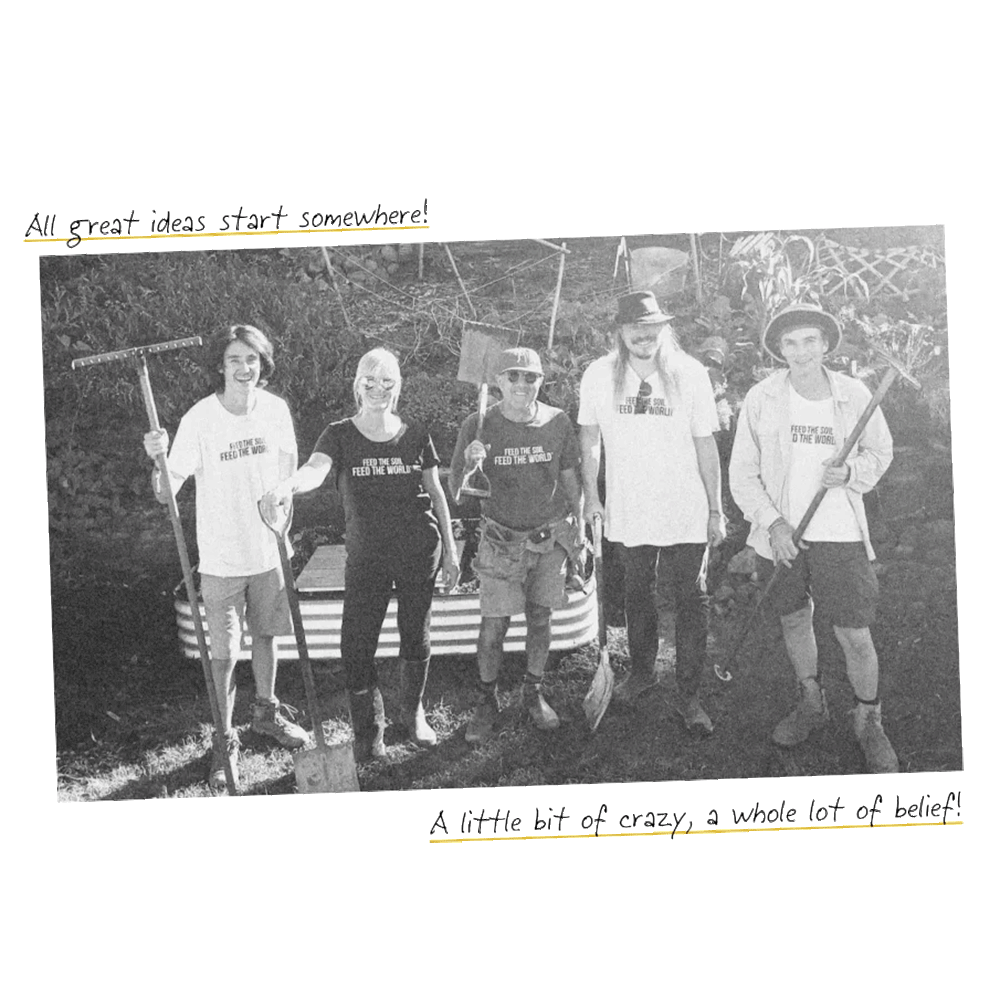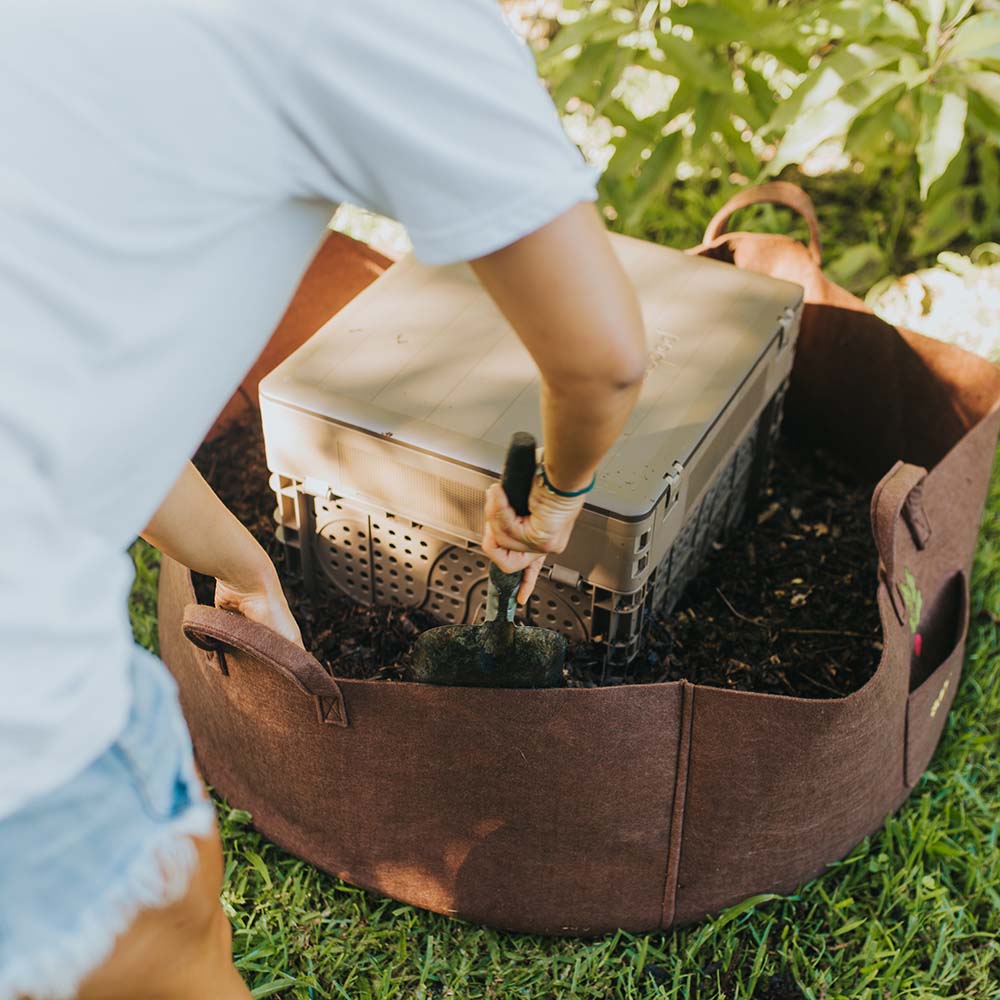Can You Compost Tomatoes?
In this article:
Tomatoes are a staple in diets around the world! They’re perfect for salads, sandwiches, salsas, pasta sauce, and so much more. No wonder we love them!
The downside to tomatoes is their shelf life. The moment you put them in the fridge, you are fighting a losing battle against their freshness clock. One day, they’re nice and ripe, the next, they’re on their way to becoming a science experiment!
There are so many ways you can use tomatoes in your kitchen, but what do you do with the leftovers? You don’t want to send them to landfill, where they decompose slowly and release the harmful greenhouse gas methane into the atmosphere.
A much more sustainable option would be to compost them, which brings us to the question we want to answer today:
Can you compost tomatoes?
In short, the answer is yes, tomatoes can be safely composted. However, there are proper processes to observe before you add them to your compost pile. Keep reading and you’ll find out what they are! First, we need to answer another question:

Tomatoes: Green or Brown?
A balanced ecosystem on your compost bin has the right ratio of ‘green’ and ‘brown’ materials, often considered to be two to three parts brown to one part green. Whether you’re a beginner or a seasoned pro in the garden, it’s good to have an understanding of this concept:
But what are green and brown materials? Let’s take a look!
Green: This is organic waste that is high in nitrogen, and usually has a higher moisture content too. Think freshly cut grass, coffee grounds and most food scraps from your kitchen.
Brown: This is organic waste with a high carbon content, which is normally drier too. Think of dried leaves, cardboard, twigs, paper and wood chips. Brown materials help give your compost bin structure, improving the aeration and optimising the water retention.
Tomatoes are an interesting one, because the fruits themselves are most definitely considered green materials. However, if the plants have dried out and the leaves are dead, they would be classified as brown.
How to Compost Tomatoes
Tomatoes are a valuable addition to your compost bin, and can be added whether they are fresh, cooked or moldy! However, there is definitely a ‘right’ way to add them. Follow the steps below and you’ll be a tomato-composting guru in no time at all!
Inspect for Disease
It’s essential you don’t put diseased tomato plants into your compost. They’re a bit notorious for being disease-prone, so check that any going into your compost bin are free of this kind of contamination.
Remove the Seeds
Remove tomato seeds before adding them to the compost pile to avoid sprouts in the compost. If you have no problem with sprouts in your compost, just fish them out and plant them in your garden!
Chop the Tomatoes
Chop the tomatoes into smaller pieces to present more surface area for your worms and microbes to work. This makes the composting process more efficient. We’d recommend only adding tomatoes in moderation, if you add too many it will upset the balance of your bin.
Mix Them In to Your Compost
When you add your tomatoes into the compost bin, mix them in well. This helps bring them into contact with the worms and microbes who are essential in the decomposition process.
Add Brown Waste
Tomatoes have a very high moisture content, so it's essential you mix them into your compost bin with the right amount of brown material. This will keep the contents of your bin from becoming too wet, which can lead to a sludgy mess!

Composting Tomato Plants
Many gardeners end up with a mass of actual tomato plants at the end of a growing season. It seems a waste not to return them to the soil, and in fact you can add them to your compost. There are some precautions to take though:
Inspect your plants
Check your plants for disease before adding them. Disease can spread through the compost and any plants its applied to, so this is an important step.
Stick to dry tomato plants
Fresh tomato plants will take a long time to break down in your bin. Dry them out first and they become your ‘brown’ material that’s so essential to maintaining the structure of your compost.
Break down the plant
Break down the leaves and stems into smaller pieces. This facilitates a faster composting process.
Tips for Composting Tomatoes
Composting tomatoes can be a divisive topic in the gardening community. Some argue it’s a bit risky because of the prevalence for disease, but if you follow the proper steps and instructions you should be successful.
Here are some other tips you can employ to compost tomatoes correctly:
Avoid Sick Plants and Fruit
We’ve said this before, but we’ll say it again because it’s important! If your tomatoes or their plants are diseased, keep them out the compost bin. Blight, fusarium wilt, verticillium wilt, fusarium wilt, and bacterial canker are common diseases in tomatoes.
Add in Moderation
As with any organic waste going into your compost, don’t overdo it. Add your tomatoes in moderation and your worms and microbes will have the capacity to deal with them.
Keep the pH balanced
Tomatoes are very acidic, so you may need to add something to keep the pH in your compost bin neutral. Hydrated white lime is a good option.
Aerate
When adding your tomatoes, mix them into the compost with the necessary amount of brown materials. This process of aeration is important in maintaining the availability of oxygen your worms and microbes need to operate.
How to Compost Tomatoes with Subpod
If you’re looking for an easy, smell-free and mess-free means of composting tomatoes at home, you’ve found Subpod!
Subpod is a vermicomposting solution that uses the power of worms and microbes to create nutrient-rich organic fertiliser often referred to as ‘black gold’! That’s how valuable the compost produced is.
When you’re composting tomatoes in Subpod, you can follow all of the above steps to ensure a seamless and efficient process. You open the lid of your Subpod and the chopped up tomatoes and other organic waste goes in, to be turned into compost by the hungry worms waiting below!
The beauty of Subpod is that it’s adaptable to any size of outdoor space. If you only have a balcony or a small concrete courtyard, it’s no problem! Subpod will turn that into a lush and thriving ecosystem of green space for you to enjoy. It’s the ultimate home composting and urban gardening solution!
Beginner-friendly and easy to assemble, Subpod removes the barriers to starting home composting. With step-by-step instructions and a simple design of the Subpod, you can start fighting food waste as soon as you receive your Subpod delivery!
What’s stopping you? Up your gardening game and start composting those tomatoes today!





